UGLI fruit and coffee: Rachel Zack, CC BY 2.0, via Flickr @ https://www.flickr.com/photos/rachelmargaret/2886652974/
Publix Supermarket, Cocoa Beach, "Space Coast", east central Florida: Rusty Clark, CC BY 2.0, via Flickr @ https://www.flickr.com/photos/rusty_clark/7024265509/
closeup of leaves and fruits of mandarin orange tree (Citrus reticulata), Berkeley Botanical Garden: Quinn Dombrowski (quinn.anya), CC BY SA 2.0, via Flickr @ https://www.flickr.com/photos/quinnanya/8378434659/
Real Jardín Botánico, Madrid, Spain: A. Barra, CC BY-SA 3.0, via Wikimedia Commons @ https://en.wikipedia.org/wiki/File:Citrus_aurantium.jpg
closeup of leaves and fruits of grapefruit tree (Citrus paradisi), Palm Springs, southern California: Joe Wolf (JoeInSouthernCA), CC BY-ND 2.0, via Flickr @ https://www.flickr.com/photos/joebehr/2152848130/
Bob Marley's birthplace: adjacent to his mausoleum, on grounds of museum dedicated to his life and music: david_e_waldron, CC BY-SA 2.0, via Flickr @ https://www.flickr.com/photos/dwaldron/450610377/
University of California-Riverside's original Citrus Experiment Station, built in Mission Style in 1917: Amerique, CC BY-SA 3.0, via Wikimedia Commons @ https://en.wikipedia.org/wiki/File:Citrus_Experiment_Station.JPG
caliche forest, San Miguel Island, Northern Channel Islands, southern California: Toddclark, CC BY-SA 2.5, via Wikimedia Commons @ https://en.wikipedia.org/wiki/File:San-miguel-island-caliche.jpg
UGLI® fruit with white plate: Rabensteiner, Public Domain, via Wikimedia Commons @ https://commons.wikimedia.org/wiki/File:Ugli_Fruit.jpg
NOTE: Was 5th from last photo but moved two slots up (2/14/2022) to replace Herb Neufeld image
Das Innere einer Ugli = the interior of an Ugli: ni22co, CC BY 2.0, via Flickr @ https://www.flickr.com/photos/nicowa/6946623061/
UGLI® fruit open: Rabensteiner, Public Domain, via Wikimedia Commons @ https://commons.wikimedia.org/wiki/File:Ugli_open.jpg
"Ugli on the outside, lovely on the inside": REL Waldman (Ariel Waldman), CC BY-SA 2.0, via Flickr @ https://www.flickr.com/photos/ariels_photos/4436779677/
Ugli Fruit macro: Lara604, CC BY 2.0, via Flickr @ https://www.flickr.com/photos/lara604/443999744/
"Ugli Fruit": Lara604, CC BY-SA 2.0, via Flickr @ https://www.flickr.com/photos/lara604/444006771/


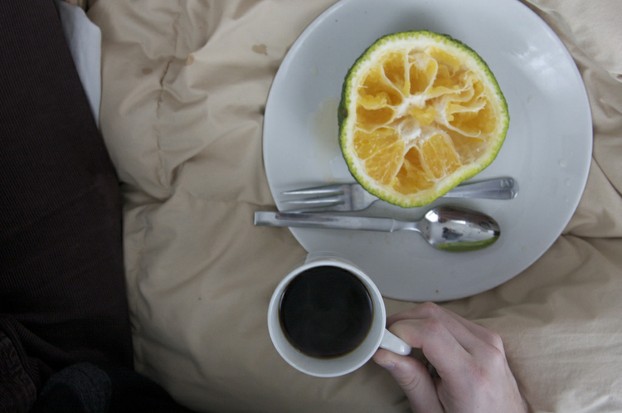
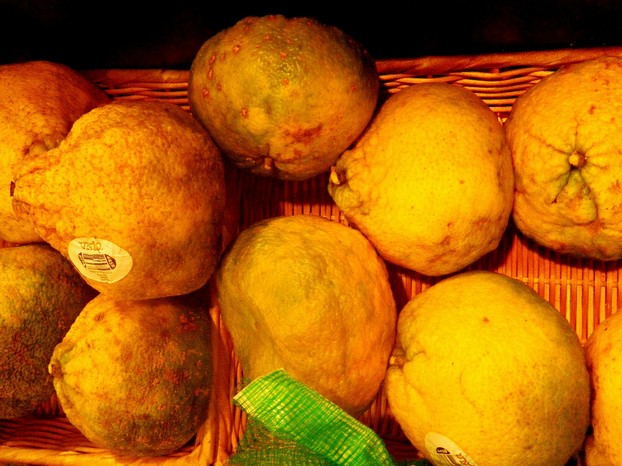

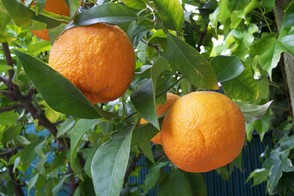
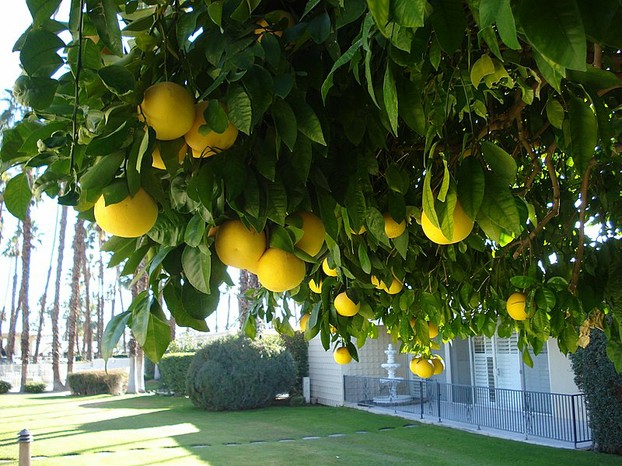
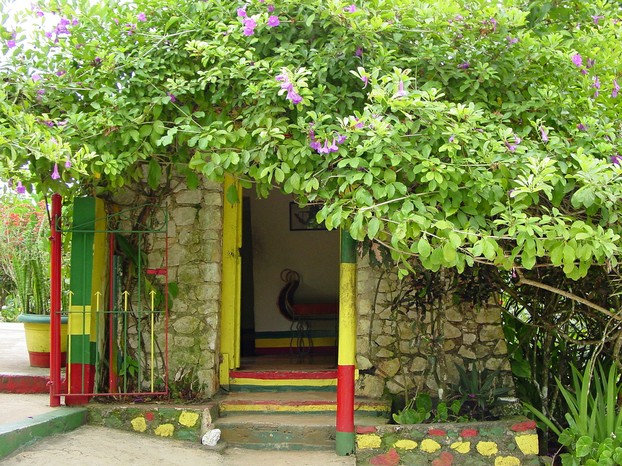
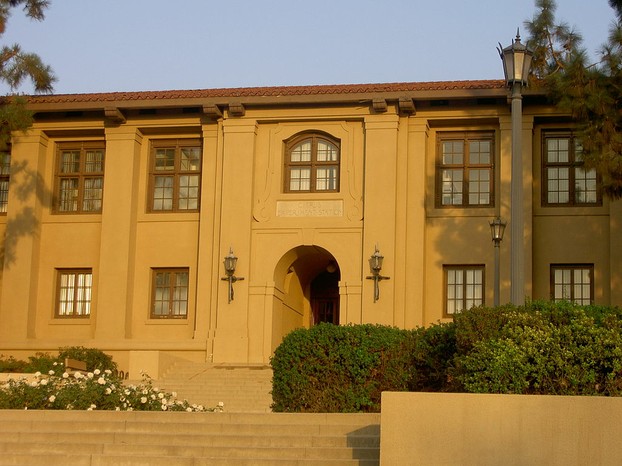
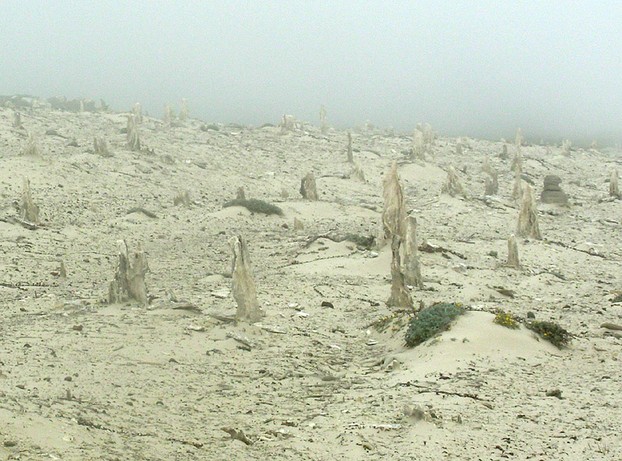
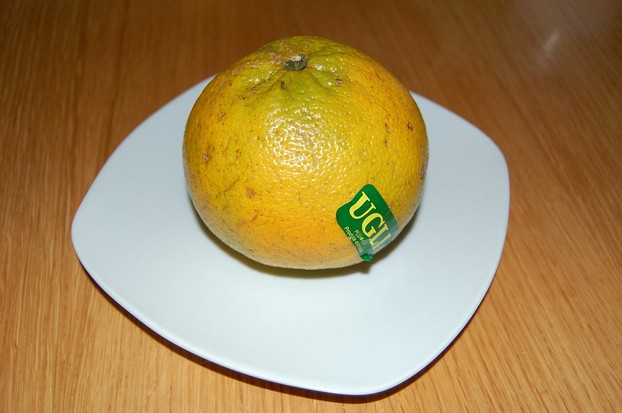
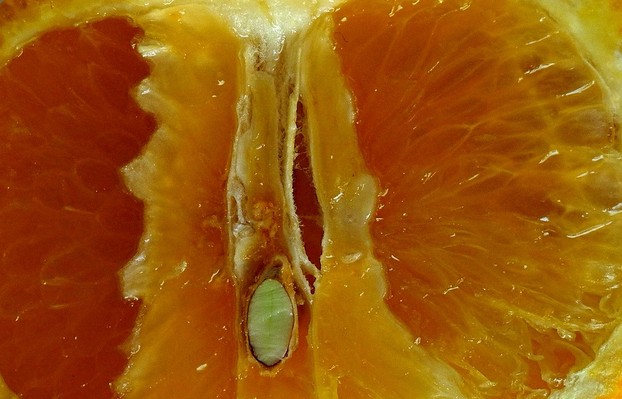
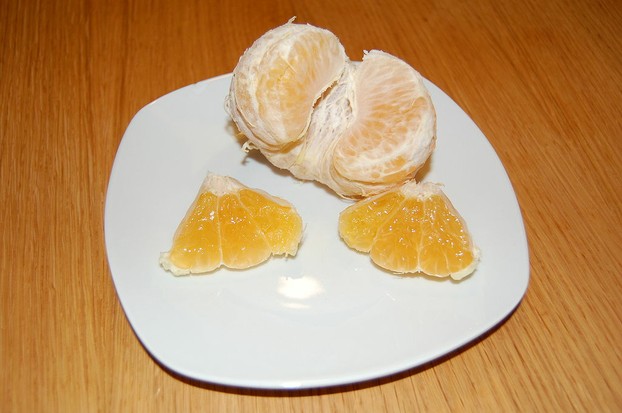
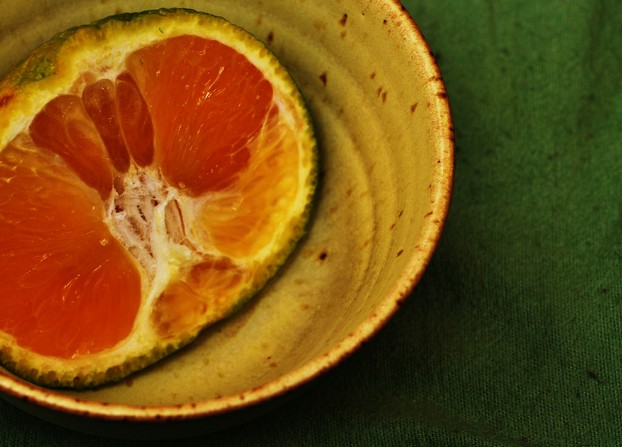
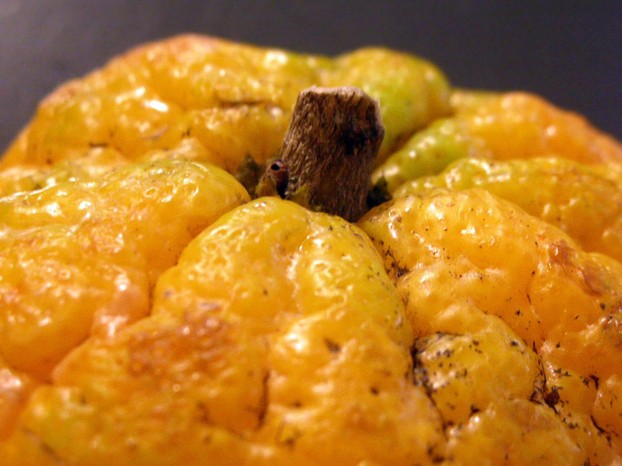
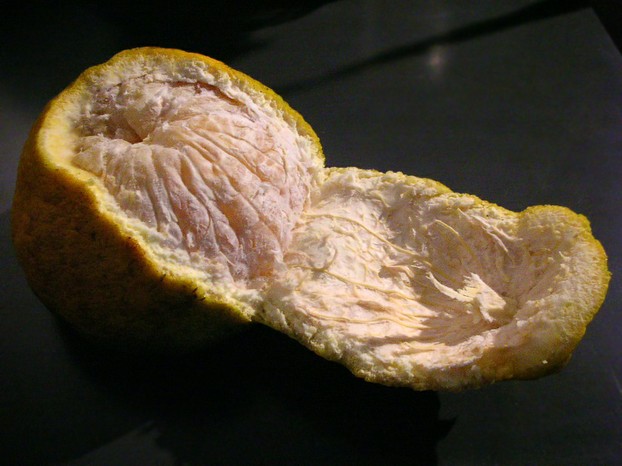






 Are Hawaiian Huakai Po Nightmarchers Avenging Halloween Thursday?on 10/02/2024
Are Hawaiian Huakai Po Nightmarchers Avenging Halloween Thursday?on 10/02/2024
 Mailing Addresses for 2023 Form 4868 Extending 1040 and 1040SR April 15, 2024, Due Dateon 04/15/2024
Mailing Addresses for 2023 Form 4868 Extending 1040 and 1040SR April 15, 2024, Due Dateon 04/15/2024
 Mailing Addresses for 2023 Forms 1040 and 1040SR Filed in 2024on 04/15/2024
Mailing Addresses for 2023 Forms 1040 and 1040SR Filed in 2024on 04/15/2024
 Mailing Addresses for 2022 Form 4868 Extending 1040 and 1040SR April 18, 2023, Due Dateon 04/13/2023
Mailing Addresses for 2022 Form 4868 Extending 1040 and 1040SR April 18, 2023, Due Dateon 04/13/2023

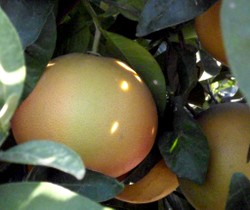
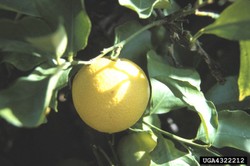
Comments
VioletRose, Grapefruits are delicious, healthy, and refreshing. I hope that you have a chance to try them one of these days!
I have never heard of this fruit before, I would like to try it sometime.
AbbyFitz, You can't judge an UGLI by its skin! They're generally available between December and May; sometimes between July and September, weather permitting.
I hope that they show up in stores in your area so you can give them a try. They are delicious.
Well they live up to their name. I haven't seen them in stores here. They'd be nice to try.